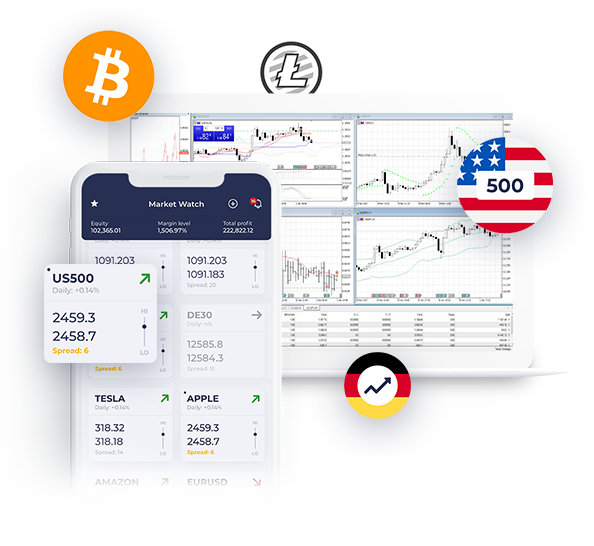Glossary of terms
-
Hammer
A single candlestick pattern formed when prices fall significantly after the opening but closing takes place far higher. As a result, the hammer formation has a long lower shadow, and the closing price is close at the maximum price or identical with it. The proper and most reliable formation of the hammer is a pattern that appears after a significant decrease in a sold-out market. The hammer promises a bullish trend, which is why the earlier downward trend is needed.
-
Hangman
A single candle of the formation is promising the ongoing price trend reversal. It is characterized by a long lower shadow and a small body, and the upper shadow is small or non-existent.
-
Head and shoulders
A technical formation announcing a reversal of the trend in the market. Head and shoulders are formed by three peaks, of which the centre is the head above the other two, called shoulders.
-
Hedging
Measures aimed at reducing the risk of occupying the given position in the financial market, usually by taking an opposite position using an appropriate instrument.
-
Hyperinflation
It is a condition in which the price level increases rapidly when the national currency loses value. It happens that a large increase in the money supply is not supported by GDP growth, which in turn leads to an imbalance between supply and demand in the money market. Economists tend to use this term to describe conditions when the monthly inflation rate exceeds 50%.


